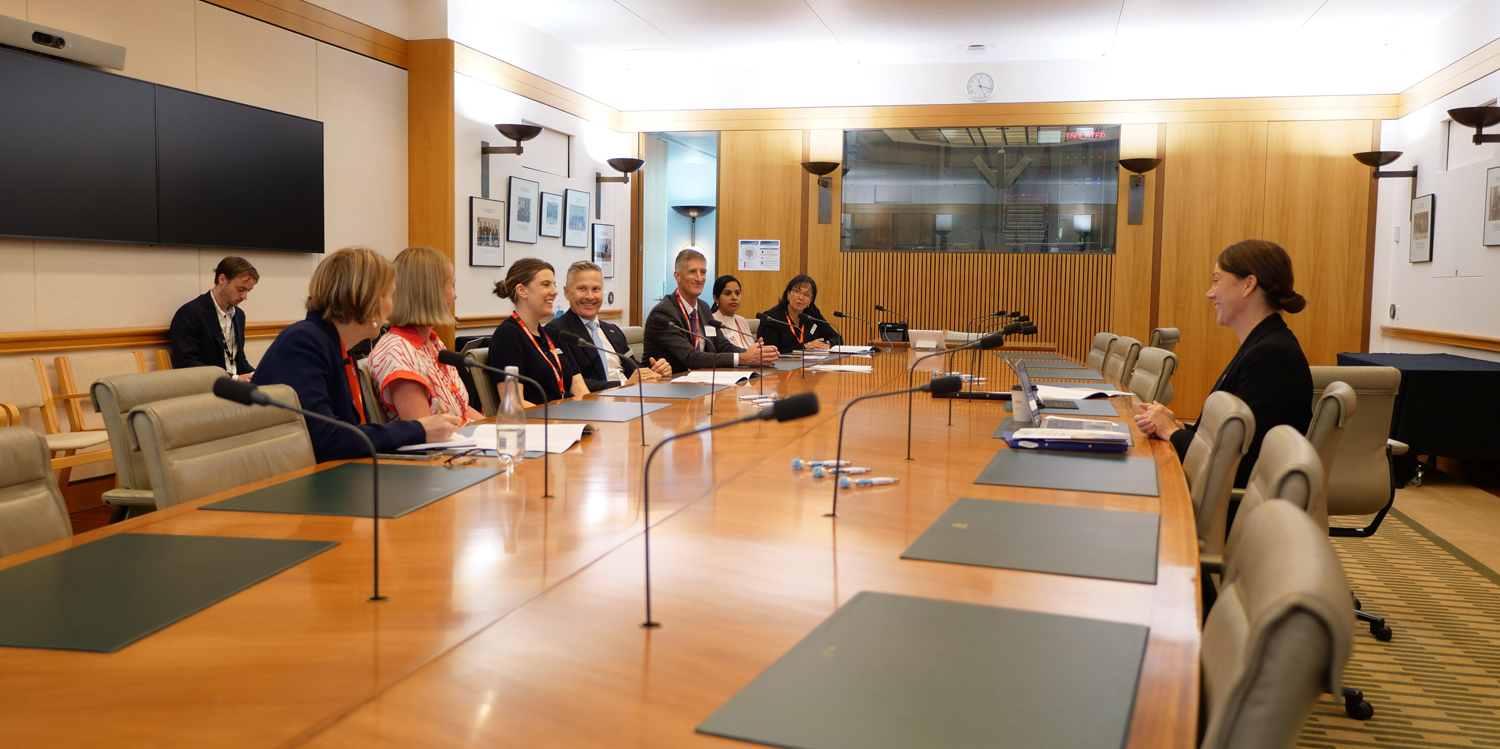
Millions more bulk billed GP appointments could be delivered every year through increased investment and an expansion of incentives, according to the Royal Australian College of GPs.
The College has developed a 19-point plan that calls on the Federal Government to increase Medicare funding, extend bulk billing incentives, expand MBS health assessment items and provide GP training incentives.
It claims the increased investment will deliver 6.2m extra bulk billed GP appointments each year, halve out-of-pocket costs for some people who are not bulk billed and provide an 85% bulk billing rate for more people including those under 34.
The College claimed the plan would also put $268m back in the pockets of Australian families, save the health system $485.8m and prevent 42,168 hospital presentations.
RELATED: Is enough being done to support bulk billing?
RACGP Vice President and WA Chair Dr Ramya Raman said patients were increasingly needing longer consultations, which is why the College was also calling for a 40% increase to all Medicare rebates for Level C and D GP consultations.
“Almost two thirds of Australians live with at least one chronic disease like diabetes, heart disease or depression,” she said.
“And they do need to see their specialist GP more frequently about more complex health issues.
“Medicare funding for these (longer) appointments is lower than it is for shorter consultations.”

The RACGP claims that increasing the rebate will create 2.6m more GP appointments and prevent 3,885 emergency department presentations and 11,227 hospitalisations, saving the health system $63.3m annually.
The College has also called for the triple bulk billing incentive to be extended to Australians aged under 34 years, which is suggests would cost $390m to $557m depending on demand.
In return, the College says this would create 2.2m additional GP appointments and save young Australians $27.8m a year.
The new plan also calls on the government to address salary shortfalls when doctors begin GP training. It wants a $74.2m annual GP Attraction Incentive, which would include a commencement incentive, parental and study leave.
RELATED: Concern over looming doctor shortage
Dr Raman said it was financially difficult for doctors to leave a hospital salary when they began GP training.
“We’ve got to remember that there are a percentage of GPs who will be retiring,” Dr Raman said.
“We want to make sure that we’ve got GPs coming in through the pipeline.”
The RACGP trains 90% of Australia’s GPs and is calling for an extra 1500 training places over the next five years at an estimated cost of $202m, which it claims would give 86,974 Australians easier access to a GP.
RELATED: Record number of trainee GPs
The new plan also calls for a national Pathways to Rural program to make it easier for rural and remote practices to attract locums to provide essential care.
Other initiatives would include expanded MBS coverage for women’s health issues, increased Medicare rebates for GP mental health items, better support for mothers and children up to five years old, and improved funding for multidisciplinary care teams.
It comes as the AMA last week launched its campaign for increased consult times, equalised GP salaries and more GP training places ahead of the Federal election.
You can read the report here.
Want more news, clinicals, features and guest columns delivered straight to you? Subscribe for free to WA’s only independent magazine for medical practitioners.
Want to submit an article? Email editor@mforum.com.au

